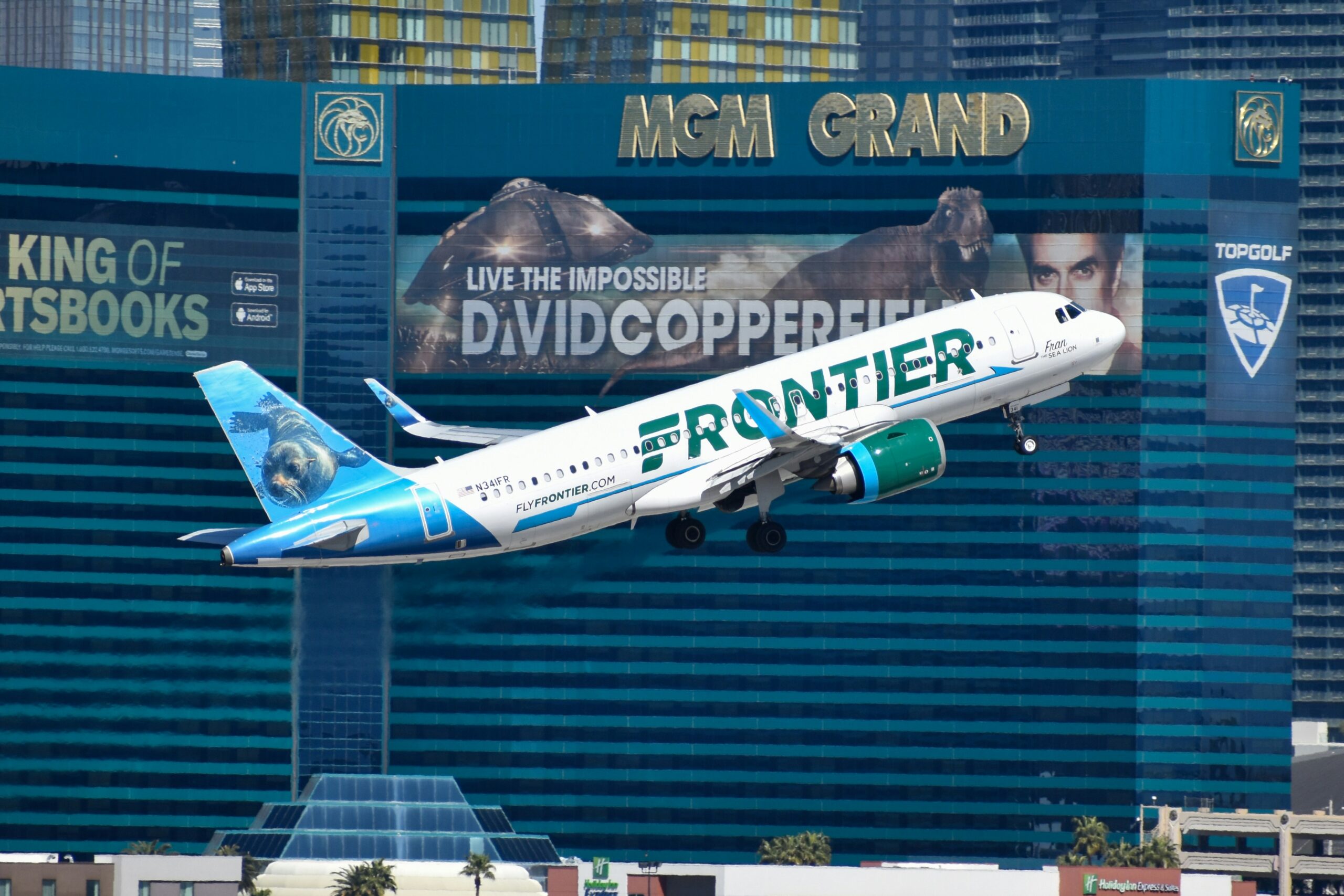Thailand and U.S. Air Travel: A Dozen Years of Separation Over?
Nonstop flights from Vancouver to Bangkok are the closest ways to reach Thailand from the U.S.
by Lark Gould
March 1, 2024

Photo: Wiang Kum Kam, Thailand. Courtesy of Mathew Schwartz / Unsplash
Thailand and the U.S. may be moving ever closer to “Thai-ing” the knot in air travel again after a dozen years of separation.
In 2012, Thai Airways ended its nonstop flights between Bangkok and the U.S. That was because the airline deemed these trans-Pacific routes to be unprofitable. However, more serious reasons loomed in the background.

Photo: Bangkok. Courtesy of Florian Wehde / Unsplash
In 2015, Thailand lost its Category One rating for “not complying with International Civil Aviation Organization (ICAO) safety standards,” according to the U.S. Federal Aviation Administration (FAA). This caused the country to join Bangladesh, Ghana, Indonesia, Angola, Haiti, and Uruguay as “red flag nations” in the Category Two spot, and the airline lost the ability to code-share with other airlines on flights to the U.S.
In 2019, following a new inspection, Thailand failed an FAA audit and could not regain its Category One rating.
As a result, it is unlikely that the airline will be running nonstop flights between the U.S. and Thailand anytime soon, although government and airline officials occasionally discuss such intentions.
Moreover, a flight that typically takes 15 hours between Los Angeles and Bangkok can take up to 24 hours, depending on the connections and stops involved.
Air Canada to the Rescue
But Air Canada stepped in with nonstop flights to Bagkok from Vancouver—the closest gateway from the U.S. to Thailand.
This 15-hour route has since increased in frequency as Air Canada is the only airline that flies trans-Pacific nonstop between Thailand and North America.

Photo: Air Canada, Boeing 787-9 Dreamliner. Courtesy of John McArthur / Unsplash
Air Canada achieves this by using its Boeing 787 Dreamliner aircraft with three cabin classes, including lie-flat seats in Signature Class, Premium Economy, and Economy Class.
STARLUX to Chiang Mai
For U.S. travelers who want to skip Vancouver, bypass Bangkok, and spice up a trip with a stopover in Taipei, new entrant airline STARLUX launched new routes to Chiang Mai from Los Angeles and San Francisco in January.

Photo: Courtesy of Starlux Airlines
Both flights run over 14 hours to Taipei and involve a 7- or 8-hour layover before taking the 4-hour flight to Chiang Mai.
A new route between Taipei and Seattle is also expected to be launched this year as part of the company’s goal to have a comprehensive hub network in Asia for flights from the U.S. en route to Thailand.
STARLUX flyers can spend their Taiwan layover in Taipei City while waiting for the onward flight. The airport offers free half-day city tours.

Photo: Taipei, Taiwan. Courtesy of Timo Volz / Unsplash
Explorers can take a light rail from Taoyuan International Airport (TPE) on a trip that takes around 30 minutes to an hour. Visitors typically arrive at TPE around 5 am, but city transit only opens at 6 am.
With at least seven hours between flights, it’s possible to enjoy Taiwan’s famous cuisine, wander Jiufen Old Street, visit one of the tallest buildings in the world, or grab a therapeutic foot massage in the city for a good two hours.
Travelers who prefer Chiang Mai over Bangkok can choose to visit the mountainous city in northern Thailand, which offers a laid-back and enjoyable experience steeped in Thai tradition.
Reigning Optimism
However, for those who want to skip Vancouver and visit Thailand the longer way, there are various airlines, arrival destinations, and stopover options.
But optimism remains high for nonstop routes from the U.S. to Thailand, as Thai Airways recently placed an order for 45 Boeing 787 Dreamliners, with potential options to increase the deal to around 80 aircraft.

Photo: Courtesy of Boeing
This move indicates a bright future for international travel in Thailand, which is on the rise. With an order this size, the Thai government will likely aim to upgrade its rating from Category 2 to Category 1, enabling it to re-launch nonstop flights to the U.S. soon.




